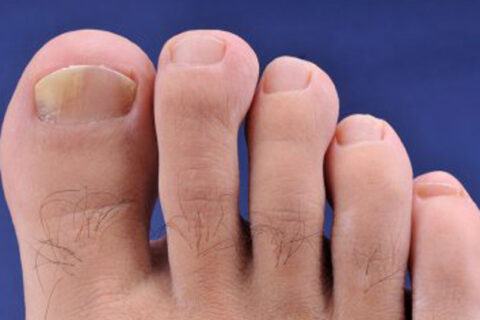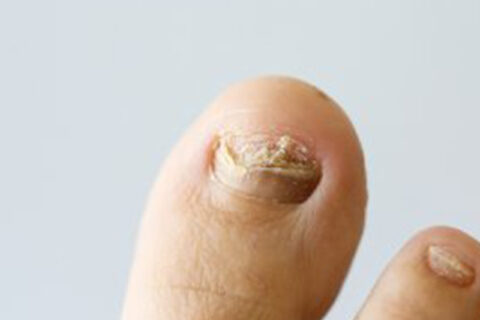Category: Fungus
Fungal nails are unsightly, embarrassing, and occasionally smelly. They are also notoriously difficult to treat. A podiatrist in Sugar Land can…
It’s possible for a podiatrist to detect changes associated with diabetes before you do. Foot doctors serving the Sugar Land area are always on…
It is important to keep your body healthy, from your head right down to your toes. Toenail fungus is a common condition that can impact the health…
Have you been putting off seeing a foot specialist in Sugar Land for your toenail fungus? If so, you may be compromising your foot health. Toenail…
When to See a Podiatrist About Nail Fungus
Your local podiatrist can accurately diagnose and effectively treat an incredible array of…
Know Your Nail Fungus Risk Factors
A fungal infection of the toenails may be caused by a wide variety of fungi. Additionally, there are…
Walking, running, and sweating on a daily basis in the Houston summer will put your feet at risk for certain conditions like nail fungus. There…





